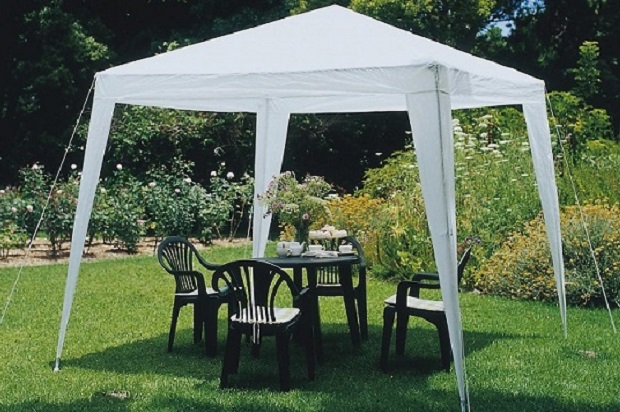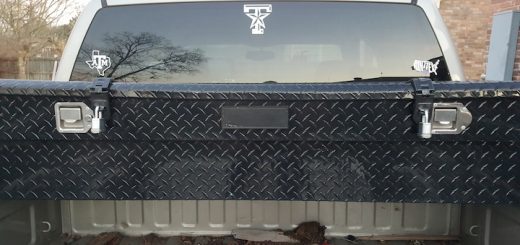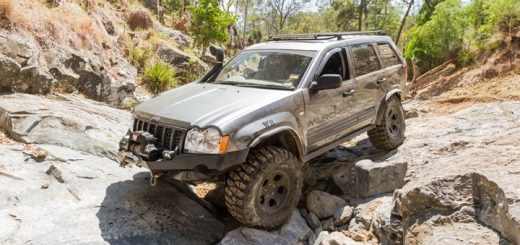A Guide to Choosing the Best Hunting Knife for Any Game
No other piece of equipment can execute as many duties in as many ways and in as many situations as the knife, particularly in hunting. It can handle everything from field dressing and skinning an animal to cutting rope and starting a fire in a survival situation.
A decent knife is a must-have for any outdoor lover, especially hunters. It is a symbol for the hunter, representing the person who wields it. Any hunter will tell you about their favourite knife, which may be a family heirloom passed down from generation to generation. Here’s why you should get a quality hunting knife if you don’t already own one and how to choose the best one for any game.
What Are the Benefits of a Hunting Knife?
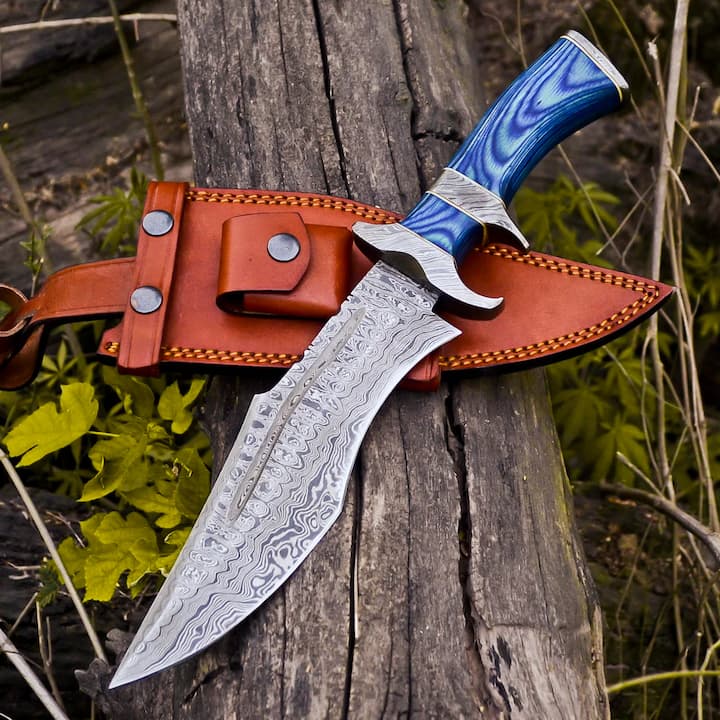
A good hunting knife is essential to skin an animal or peel produce in the woods. Many hunters refer to advanced and high-quality hunting knives as “serious knives” since they give the proper swing to chop down anything in their path. Here are the main benefits that make these better for hunting than their kitchen counterparts.
Extraordinary Durability
A quality knife will never disappoint you when hunting, especially if it has a fixed blade. These instruments are much stronger than standard kitchen knives since they don’t have any moving components. The tool’s steel or blade and its potent structure make it more robust than other tools. Even if you wish to keep some fruits in your kitchen, you can easily cut them. You can also use it for camping or other adventurous activities, particularly in the forest.
Simple to Clean
One of the most important reasons to select a hunting knife is that it is easy to clean and maintain. Regarding folding knives, you may need to put in some more work and time to clean them. The situation is slightly different with fixed-blade instruments. A dry towel and some oil to keep the sheen and durability are all you need.
Extended Blade Length
Because of their particular design for hunting and skinning purposes, hunting knives have an extended blade length. Furthermore, you don’t need a specialised bottle opener in the forest. Simply use it to quickly open canned bottles. From hunting animals to opening bottles and cans, having a fixed-blade hunting knife is a must-have tool every hunter should have.
Safer to Use
Another significant reason to pick a specialty hunting knife is that it’s risk-free to use. While using it, there’s less danger of the blade accidentally contacting your fingers and causing you to bleed. Even if inexperienced, you can wield the knife without being wounded. Because of its safety, it’s gaining popularity among hunters and even beginners.
How to Choose a Hunting Knife?
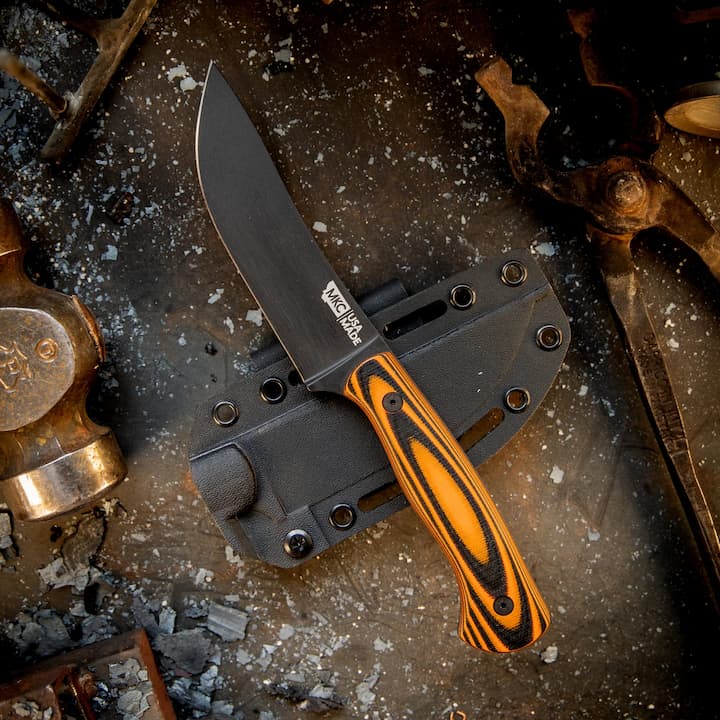
With technical improvements constantly changing, the options for obtaining a hunting knife are numerous and varied. What precisely is an excellent all-around hunting blade? It depends on the hunter and their requirements. Choosing the proper one can be a mind-boggling experience.
A good hunting knife should be versatile enough to perform anything you need. When selecting one, consider what animal you will be hunting, how frequently you will hunt, and how you will use the knife after the harvest.
Blade Point
Clip Point
The clip-point blade is narrow and has a sharp tip. It’s relatively flat, and you can use it for ordinary camp duties and specialty hunting tasks like field dressing and skinning. The clip-point blade is ideal for hunters looking for a solid all-around knife.
Drop Point
While you can use a drop-point blade to dress and skin the animal, you shouldn’t use it to cut rope and twigs or handle other typical camping duties. A drop-point blade is thick and curved. Using the entire cutter for skinning is straightforward because the tip isn’t defined. It speeds up the operation and decreases the possibility of injuring the meat. Because it lacks a definite end, it’s less likely to tear into the game while skinning the animal.
Skinning
You need skinning blades to skin large game animals. They swiftly and cleanly strip the skin from huge pieces of game meat. Although the knife’s edge is designed primarily for skinning, you may also use it for other hunting tasks.
Blade Size
You aren’t correct if you believe that bigger is always better regarding hunting knives! A large blade will make simple hunting activities more challenging and increase your chances of injuring yourself!
A decent rule of thumb (pun intended) is to grasp the handle of a knife and gently place your index finger down the length of the blade. The blade is the correct size if the tip is nearly level with or slightly shorter than your finger.
Quality Materials Are Key!
Carbon steel or stainless steel blades are common materials used on high-quality hunting knives. Each blade type has advantages and disadvantages. Carbon steel blades corrode, so you must treat them differently. The most uncomplicated approach to preventing rust from accumulating on the blade is to use it often, but you may also coat it. Carbon steel blades are easier to sharpen and last longer than stainless steel blades.
Knife blades made of stainless steel are resistant to corrosion. That makes them particularly popular among hunters who hunt in wet locations. On the other hand, they might be more difficult to sharpen and more costly than carbon steel knives.
To Sum Up
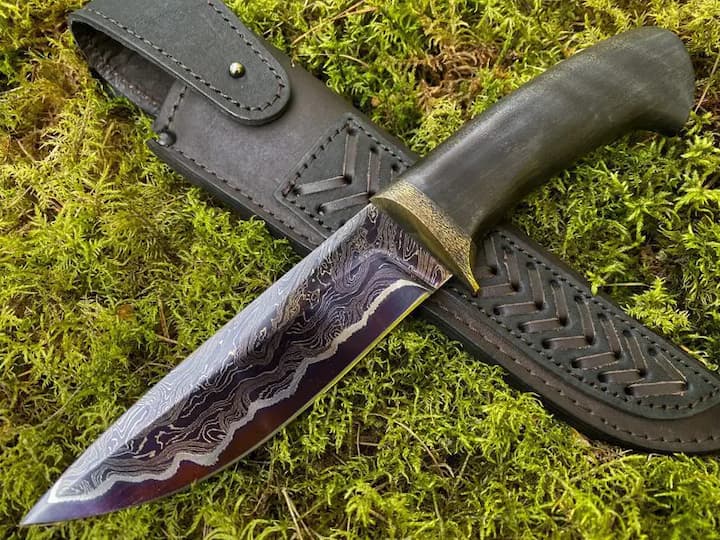
The two most significant considerations in choosing a hunting knife for any given purpose are that it’s visually acceptable and feels comfortable in your hand. So, if you find a knife that you like, evaluate the blade form, blade length, the steel used to make it, and the overall size before making a purchase.
![AFX Sauber F1 C44 Stake No24 Slot Car [22092]](https://www.availableonline.com.au/wp-content/uploads/2025/06/6ccd9e30-c6fa-4910-9081-5fcc3ba80b04__60843-520x245.jpg)

